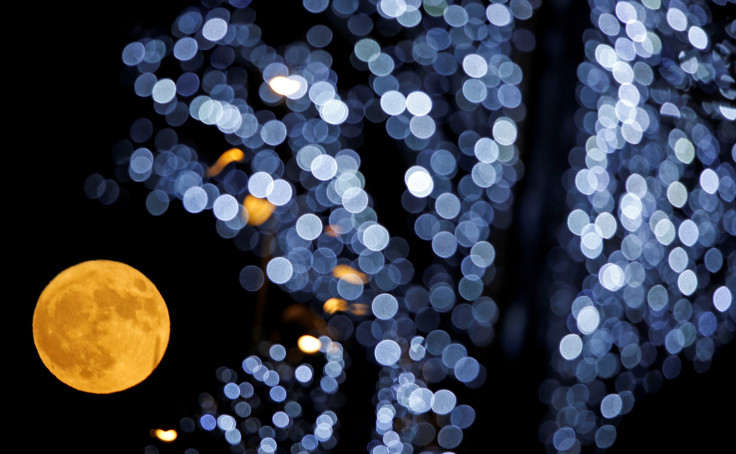Wolf 'Micromoon': 2023's First Full Moon Is Peaking This Week
KEY POINTS
- The full Moon has got its name from wolves that are active this time of the year
- It's a micromoon because the Moon will appear a bit smaller than usual
- Skywatchers may also get to catch a glimpse of other celestial objects
The first full Moon of 2023 is set to peak this week. Don't miss the full Wolf micromoon.
The January full Moon, will reach peak illumination at 6.09 p.m. ET on Friday. The name, the Wolf Moon, is believed to be of Celtic and Old English origin and has been brought over to North America by European settlers.
It is named after the wolves that are active at this time of the year. Although it was once believed that wolves howl when hungry, they actually do so for other reasons, such as to help locate pack members or as a "social rally call."
An interesting fact is that wolves don't actually howl at the Moon, contrary to the common myth. Instead, they are simply nocturnal creatures, hence are more active at night when the Moon is out. While they do howl, they don't do it at the Moon, but toward the sky so as to make the sound reach farther.
Other names for the January full Moon include the Center Moon (Assiniboine) – it occurs at the center of the cold season, the Frost Exploding Moon (Cree) and Spirit Moon (Ojibwe). Names such as the Quiet Moon and Stay Home Moon have Celtic origin.
Heads-up for the micromoon
The year's first full Moon is also said to be a micromoon. While people are often used to watching out for the Supermoon, this time they can catch a glimpse of the micromoon, which is when the Moon appears a bit smaller than its average size.
This happens because the Moon orbits the Earth in an elliptical path and a micromoon occurs when it's at its farthest point from the planet and coincides with the Full Moon. In other words, it's simply the opposite of a Supermoon, when the Moon is at its closest and appears a bit bigger and brighter than usual.
Apart from the micromoon, skywatchers may also get to view some other celestial sights. You can bring a pair of binoculars or a small telescope to try and catch a glimpse of the recently discovered bright green Comet C/2022 Es (ZTF), which is making its way across the northern sky throughout January.
The evening sky will also be "filled with bright stars" from various constellations this month.

© Copyright IBTimes 2025. All rights reserved.






















